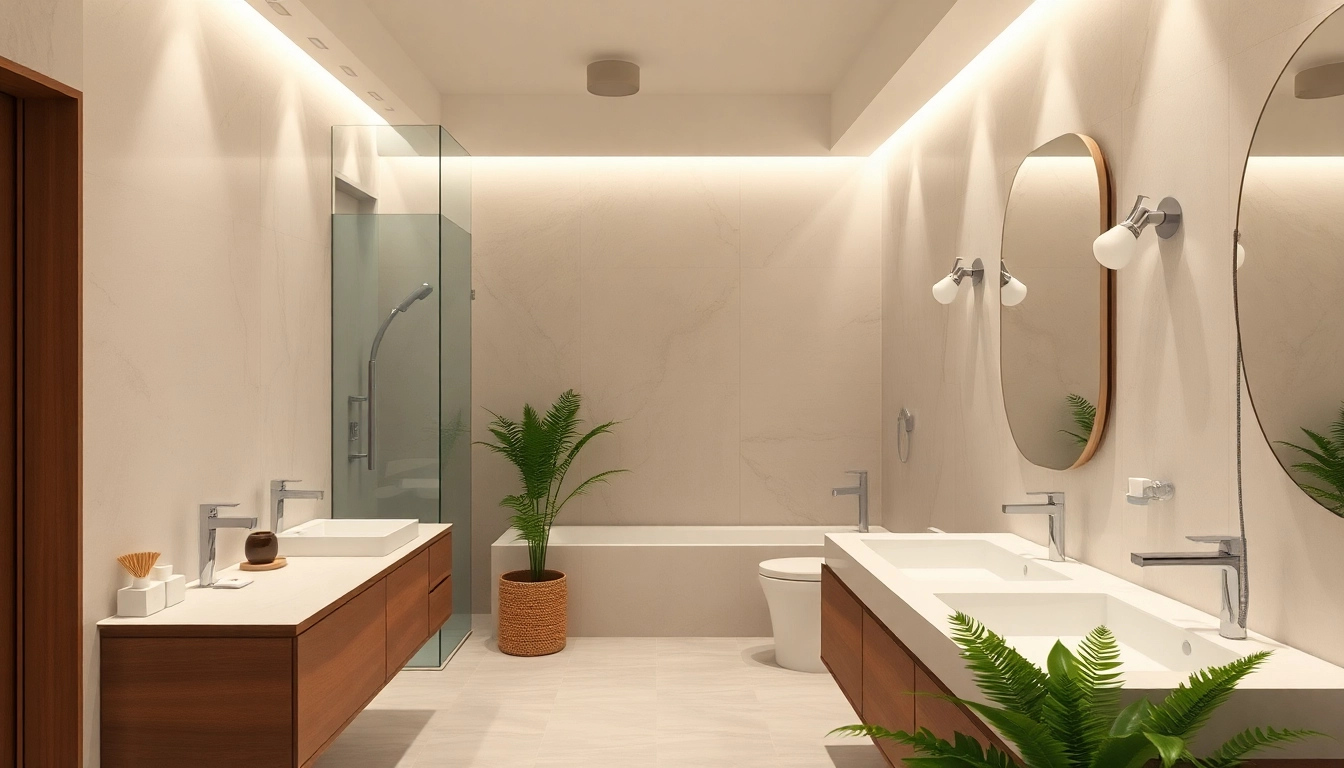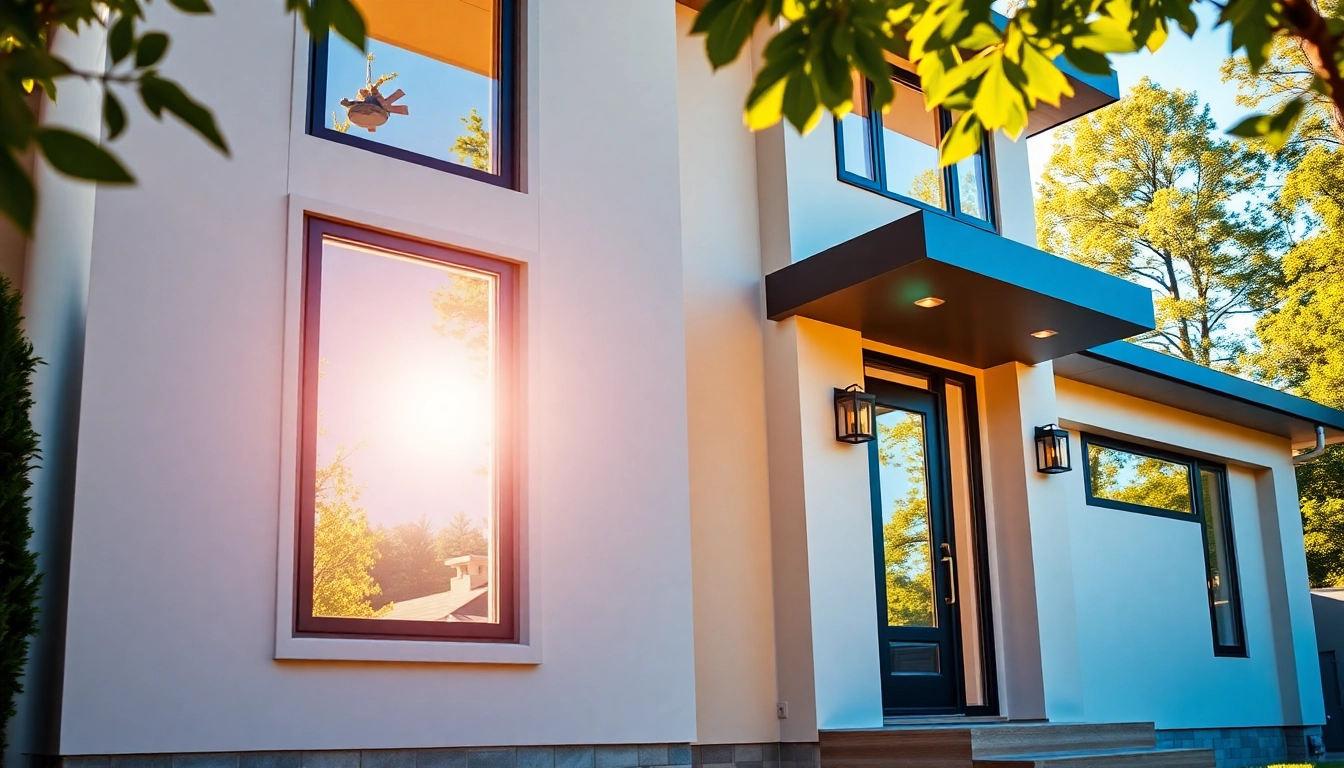Understanding Hotel Bathroom Vanity Essentials
1. Importance of Design in Hotel Bathrooms
Design plays a critical role in shaping the overall guest experience in hotel bathrooms. A well-designed bathroom can enhance comfort, create a sense of luxury, and significantly impact guests’ satisfaction. Guests often consider the quality and aesthetics of a hotel’s bathroom to be as important as the bedroom itself. This is where the hotel bathroom vanity comes into play. A stylish vanity can serve as both a functional fixture and a centerpiece of the bathroom, capturing the essence of the design theme of the hotel.
2. Key Features of an Ideal Hotel Bathroom Vanity
An ideal hotel bathroom vanity combines functionality and style while catering to the diverse needs of guests. Key features to consider include:
- Size and Layout: The dimensions of the vanity should align with the overall space of the bathroom. Hotels need to optimize small bathroom spaces without sacrificing style and utility.
- Storage Options: An effective vanity includes cabinets and drawers that provide ample storage for towels, toiletries, and other essentials. Modern guests expect to have space to store their personal items during their stay.
- Durability: Given the high foot traffic in hotels, materials used for the vanity must be durable and resistant to wear and tear. Solid wood, composite materials, and quality laminates are popular choices.
- Style: The design should be consistent with the hotel’s aesthetics—whether modern, traditional, or boutique. Features like integrated sinks, stylish faucets, and mirror finishes can enhance visual appeal.
3. Common Materials Used and Their Benefits
The materials chosen for hotel bathroom vanities significantly impact both functionality and style. Popular options include:
- Granite: Known for its durability and natural beauty, granite is resistant to heat and scratches, making it a top choice for countertops.
- Quartz: An engineered stone that mimics the look of natural stone while offering heightened durability and less maintenance.
- Wood: Solid or engineered wood can provide warmth and character; however, it requires proper sealing to withstand moisture and humidity.
- Laminate: A cost-effective option that can replicate the look of more expensive materials while offering a variety of colors and patterns.
Top Trends in Hotel Bathroom Vanity Styles
1. Modern vs. Traditional Vanity Designs
Current trends in hotel bathroom vanities reflect a growing preference among guests for modern styles. Sleek, minimalist designs with clean lines are increasingly popular, characterized by:
- Floating Vanities: Mounted above the floor, these create an illusion of more space and are easier to clean.
- Integrated Sinks: Sinks that blend seamlessly into the countertop provide a sleek look and reduce seams that can trap dirt.
Conversely, traditional designs often feature ornate details like carved wood and vintage fixtures, appealing to a different demographic looking for charm and nostalgia. Both styles can be effectively used to create unique guest experiences based on the hotel’s branding strategy.
2. Eco-Friendly Options for Sustainability
As the demand for sustainable practices grows, hotels are increasingly turning to eco-friendly materials and manufacturing processes. Options include:
- Recycled Materials: Vanities made from reclaimed wood or recycled composites can greatly reduce environmental impact.
- Low-VOC Finishes: Non-toxic paints and finishes help maintain indoor air quality and reduce harmful emissions.
- Water-Efficient Fixtures: Incorporating faucets and sinks designed to conserve water aligns with sustainability goals.
3. Customizable Vanities for Unique Spaces
Customization has become a prevalent trend, catered towards unique spaces within hotels. Offering vanities that can be tailored in terms of size, color, and material provides hotels with the flexibility to maintain brand identity and meet specific aesthetic demands.
Hotels can collaborate with manufacturers to create bespoke vanities that align perfectly with the architectural nuances of their bathrooms, enhancing guest experience through thoughtful design elements.
Choosing the Right Hotel Bathroom Vanity
1. Size and Space Considerations
Before purchasing a hotel bathroom vanity, measuring the space is paramount. It’s essential to consider:
- Foot Traffic: High foot traffic areas need appropriately sized vanities that do not impede movement.
- Fixture Locations: The existing plumbing can influence the size and type of vanity you choose, making some configurations impractical.
2. Styles to Match Hotel Themes
The style of the bathroom vanity should complement the overall theme of the hotel. For instance:
- Luxury Hotels: Elegant and sophisticated vanities with high-end materials and finishes.
- Boutique Hotels: Quirky and innovative designs that create a memorable experience, featuring unique shapes and textures.
Whatever the theme, cohesion between bathroom fixtures and overall interior design is essential.
3. Budgeting for Quality and Longevity
A well-planned budget should consider not only the initial cost of purchasing a vanity but also ongoing maintenance. Investing in high-quality materials can reduce the need for replacements and repairs in the long run. Establishing a budget that accommodates long-term use instead of just initial aesthetics often leads to better returns on investment.
Installing and Maintaining Hotel Bathroom Vanities
1. Installation Steps for Hotel Bathrooms
Professional installation ensures that vanity units are securely and correctly positioned. Key steps include:
- Preparation: The area should be cleared and measurements taken to confirm the vanity’s fit.
- Secure Plumbing: Ensuring accurate plumbing connections to avoid leaks is crucial in installation.
- Leveling: Laying down a level base is necessary for an even appearance.
- Completing Finishes: Installing hardware, such as sink faucets and cabinet knobs, provides the finishing touches.
2. Maintenance Tips for Longevity
Regular maintenance of hotel bathroom vanities can extend their lifespan significantly. Here are some tips:
- Routine Cleaning: Use non-abrasive cleaners to maintain surfaces, preventing scratches and wear.
- Check for Water Damage: Regularly inspect for leaks and moisture issues, especially in wood vanities.
- Repair Quickly: Address damages like scratches or chips immediately to prevent them from worsening.
3. When to Consider Replacement
Hotel managers should consider replacing vanities when:
- Damage is Extensive: If a vanity has significant wear or structural damage, replacement may be more cost-effective than repair.
- Style No Longer Fits: Renovations or rebranding may necessitate an update to maintain hotel aesthetics.
- Functionality Issues: If a vanity no longer meets the needs of guests—like inadequate storage—it may be time for an upgrade.
Case Studies: Successful Hotel Bathroom Vanity Implementations
1. Luxury Hotel Examples
Many luxury hotels have invested significantly in high-quality bathroom vanities as part of their appeal. A notable example includes a five-star hotel in Miami that used custom vanities featuring marble countertops and solid wood cabinetry. The aesthetic appeal, combined with practical storage options, positioned them as a sought-after destination for visitors seeking high-end accommodations.
2. Budget-Friendly Renovation Stories
On the other end of the spectrum, a budget hotel chain successfully renovated its bathrooms by choosing prefabricated vanities available at a wholesale price. By selecting modern designs and coordinating color schemes, they were able to uphold a contemporary image without breaking the bank, thus enhancing guest satisfaction while staying profitable.
3. Guest Feedback and Impact on Experience
Feedback from guests often highlights the bathroom experience as a pivotal element of their stay. Surveys conducted by various hospitality services have shown that attractive and functional bathroom vanities correlate strongly with positive reviews and repeat bookings, confirming the importance of considering aesthetics alongside functionality.


